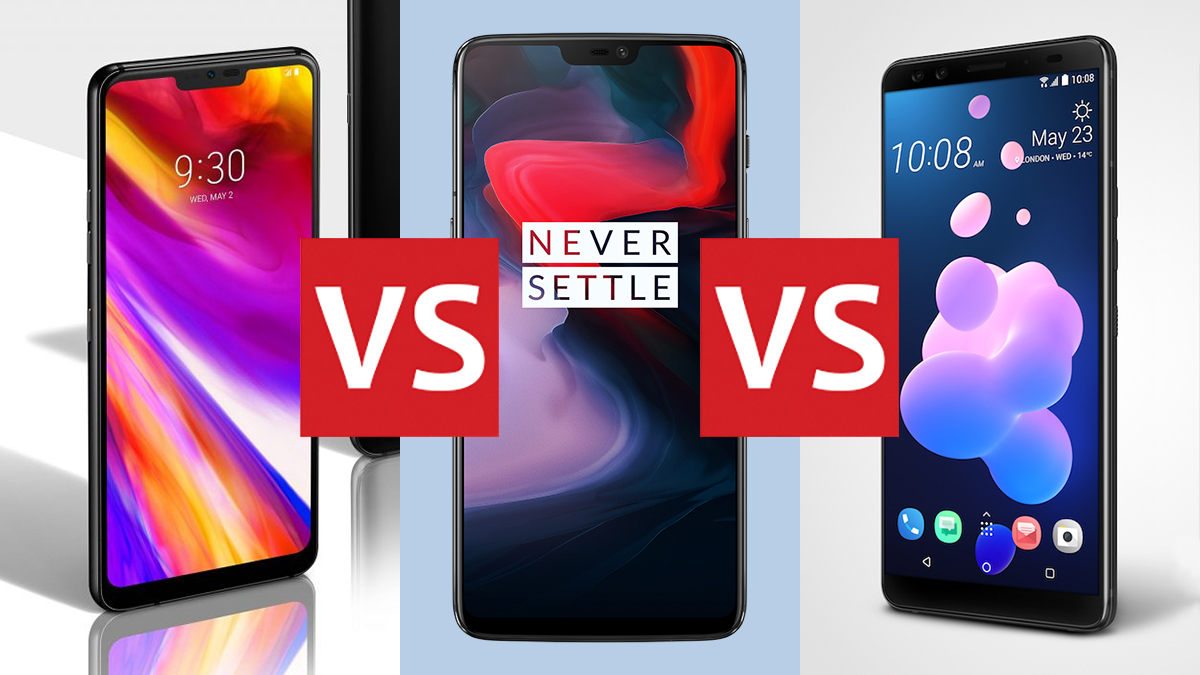

It's been quite a 2018 for smartphones already, and we're not even half way through the year yet – some of the top-class handsets we've seen revealed so far include the LG G7 ThinQ, the OnePlus 6, and most recently the HTC U12+. So how do they all compare?
Here we'll put three of 2018's best smartphones head-to-head in all the areas that matter, covering specs, features, sizes, screens and more. Whether you're interested in buying one of these phones or are just interested in how they match up against each other, read on.
LG G7 ThinQ vs OnePlus 6 vs HTC U12+: design
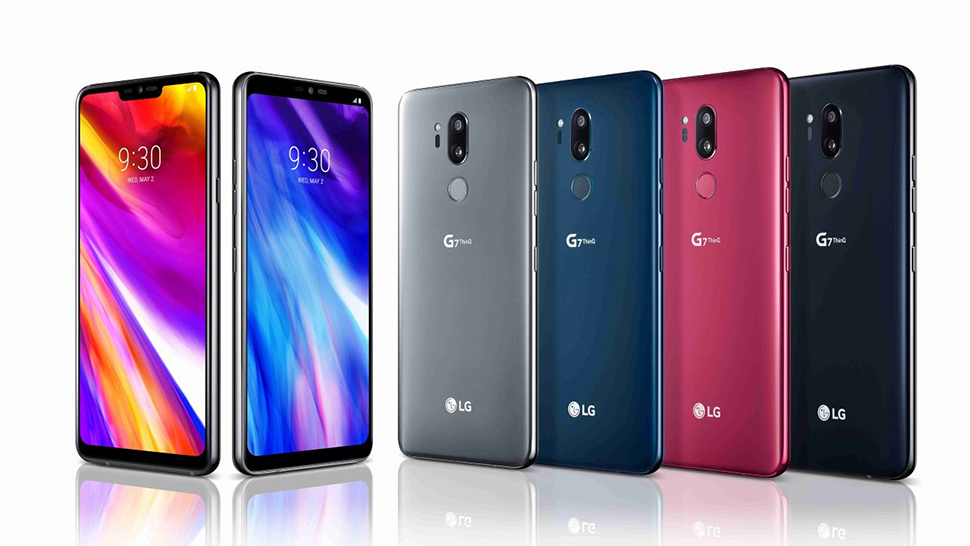
The LG G7 ThinQ
At 6.28 inches, the OnePlus 6 has the biggest screen here, followed by the LG G7 ThinQ at 6.1 inches and the HTC U12+ at 6.0 inches. The HTC U12+ is actually the tallest phone though, at 156.6 mm (6.2 inches) – something to bear in mind for the small of hand. At 7.8 mm (0.3 inches), the OnePlus 6 is the thinnest handset of the bunch.
While we're talking about screens, we should mention the OnePlus 6 sticks to a Full HD resolution of 2280 x 1080 pixels. The HTC U12+ boasts a 2880 x 1440 pixel resolution, while the screen of the LG G7 ThinQ carries 3120 x 1440 pixels.
In terms of the overall design, these are three very stylish-looking handsets. All of them have glass backs with a glossy finish, though OnePlus is offering a more matte black version as well as mirror black and limited edition silk white choices, while HTC has prepared a translucent blue backing to go with the more standard red and black.
LG has given its phone most colours though, with grey, black, blue and rose available depending on where in the world you live. Don't forget the screen notch too, an essential part of today's smartphone designs – the HTC U12+ display doesn't have a notch, while the LG G7 ThinQ and OnePlus 6 have notches you can opt to turn off in the software.
LG G7 ThinQ vs OnePlus 6 vs HTC U12+: specs
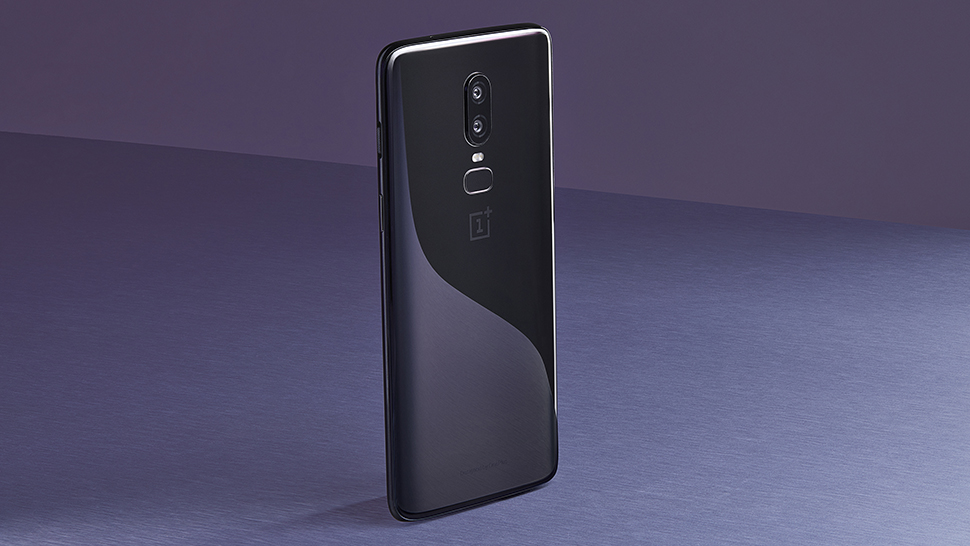
The OnePlus 6
These three flagships are all very much as powerful as each other – they're all running on the Snapdragon 845, Qualcomm's top model chip for 2018, so there shouldn't be too much difference between them in terms of performance. The LG phone offers 4GB or 6GB of RAM, the HTC one 6GB of RAM, and the OnePlus handset 6GB or 8GB of RAM.
Sign up to the T3 newsletter for smarter living straight to your inbox
Get all the latest news, reviews, deals and buying guides on gorgeous tech, home and active products from the T3 experts
As for internal storage, you can go for 64GB or 128GB with the LG G7 ThinQ or the HTC U12+, and 64GB, 128GB or 256GB with the OnePlus 6. With any of these phones, though, you can extend the internal storage with the help of a microSD card if you need to.
The camera quality is something you can't really judge on specs alone but let it be noted that we've been impressed with the pictures coming out of all three of these devices. All three have a dual-lens rear camera: 16MP+16MP for the LG G7 ThinQ, 16MP+20MP for the OnePlus 6, and 12MP+16MP for the HTC U12+. The HTC is the only phone with 2x optical zoom for getting closer to the action.
Another key spec you'll want to know about is battery size: 3,000mAh for the LG G7 ThinQ, 3,300mAh for the OnePlus 6, and 3,500mAh for the HTC U12+. Bear in mind though that battery life depends on a host of other factors as well, including the power draw of the screen and other components.
LG G7 ThinQ vs OnePlus 6 vs HTC U12+: features
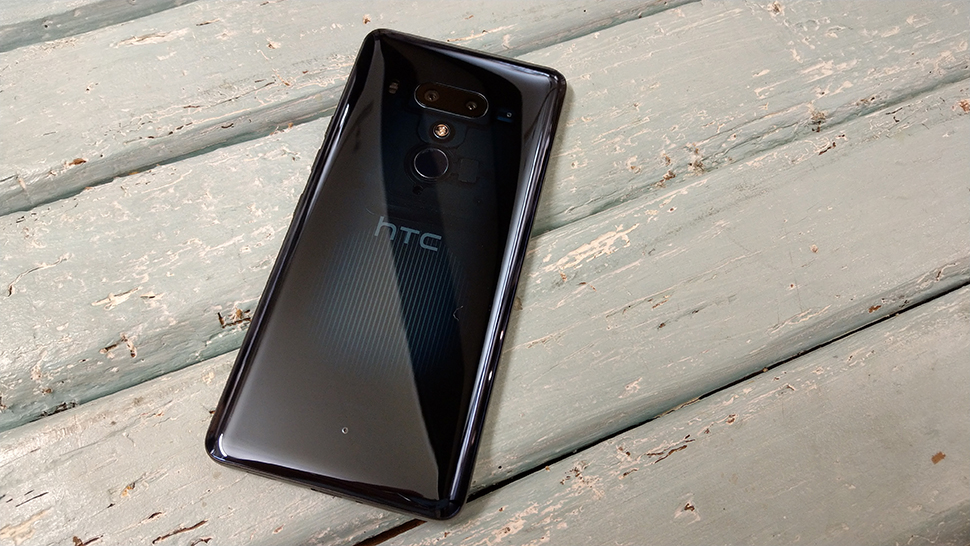
The HTC U12+
These are three feature-packed phones so we've still got plenty to talk about. For example, all of these handsets come running Android 8.x Oreo, and are likely to be some of the first phones in line when the Android P upgrade rolls out later in the year.
Both the LG G7 ThinQ and the HTC U12+ are IP68 rated, which means they're well protected against dust and water – those two phones should be able to survive a substantial amount of time in a substantial amount of liquid before damage is done. The OnePlus 6 doesn't have an IP rating, but is described as "water resistant": think a few light splashes rather than a dive in the swimming pool.
The OnePlus 6 doesn't have wireless charging capabilities either, and nor does the HTC U12+. If you want a handset that you can place on a pad to juice it up, you're going to have to go with the LG G7 ThinQ.
There are a few other features worth flagging up, but they're not necessarily going to make you switch from one handset to another: the LG G7 ThinQ has AI-assisted photo modes, to pick settings before you take a shot, while the HTC U12+ carries on the squeezable sides trend started by its predecessor – it has Edge Sense pressure-sensitive controls down the edges that let you take photos, launch Google Assistant, and more.
LG G7 ThinQ vs OnePlus 6 vs HTC U12+: price and verdict

LG G7 ThinQ vs OnePlus 6 vs HTC U12+
Prices can vary over time and from store to store of course, but if you're looking for the cheapest phone here then it's definitely the OnePlus 6 – the starting price for the lowest configuration is £469/$529. Compare that to £619/$749 for the LG G7 ThinQ and £699/$799 for the HTC U12+, and the OnePlus starts to look very good value.
But is it the best value phone out of the three? That relatively low price, coupled with the top-level power that you get with the OnePlus 6, certainly makes it hard to beat. It makes up for some disappointments, like the fact that it's only a Full HD resolution screen, or the lack of an IP68 rating.
As for the other two, it's a close call considering the LG G7 ThinQ is slightly cheaper and the HTC U12+ is perhaps slightly better specced (with that 2x optical zoom on the rear camera, for example). It might come down to whichever design you prefer, or whichever manufacturer you've bought phones from in the past (which means the particular flavour of Android will be easier to get to grips with).
Really though all three of these phones are going to do a superb job in powering through whatever tasks you set them, taking fine photos on the go, and lasting you a good long while until the next upgrade cycle.
Dave has over 20 years' experience in the tech journalism industry, covering hardware and software across mobile, computing, smart home, home entertainment, wearables, gaming and the web – you can find his writing online, in print, and even in the occasional scientific paper, across major tech titles like T3, TechRadar, Gizmodo and Wired. Outside of work, he enjoys long walks in the countryside, skiing down mountains, watching football matches (as long as his team is winning) and keeping up with the latest movies.
-
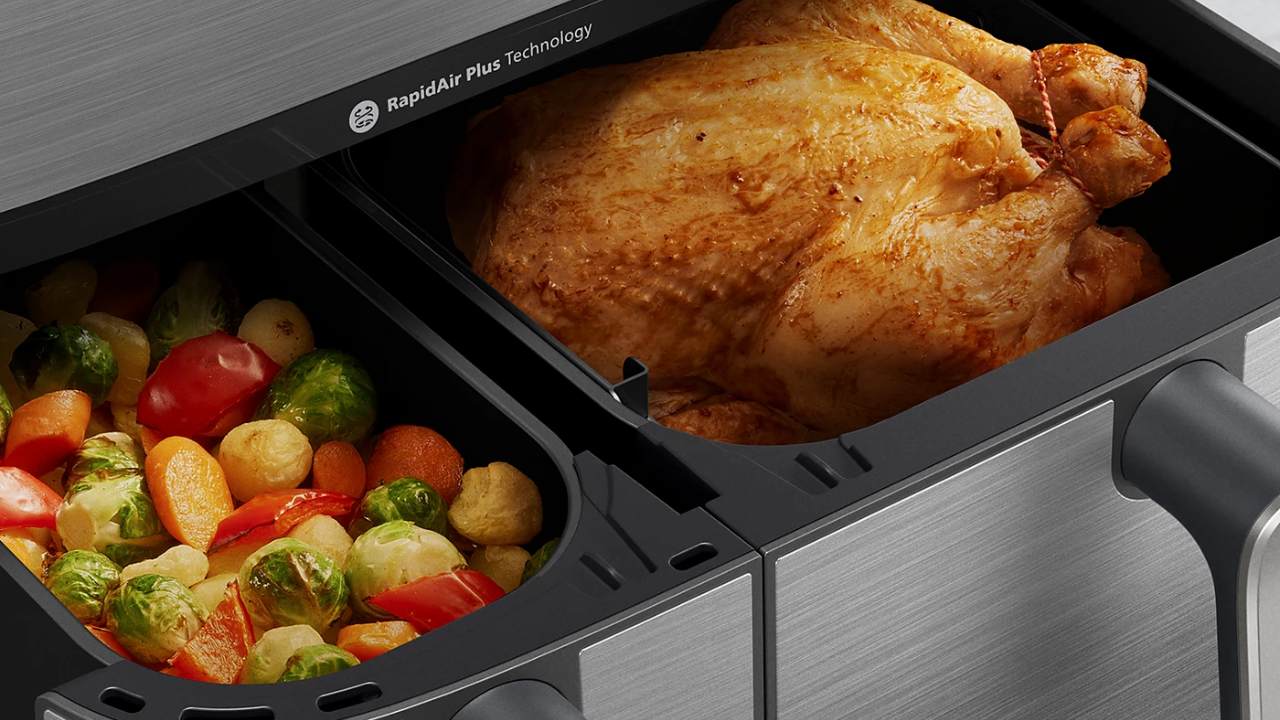 The biggest mistake you’re making when cooking Easter lamb in an air fryer
The biggest mistake you’re making when cooking Easter lamb in an air fryerCooking Easter lunch in your air fryer? Don’t make this mistake…
By Bethan Girdler-Maslen
-
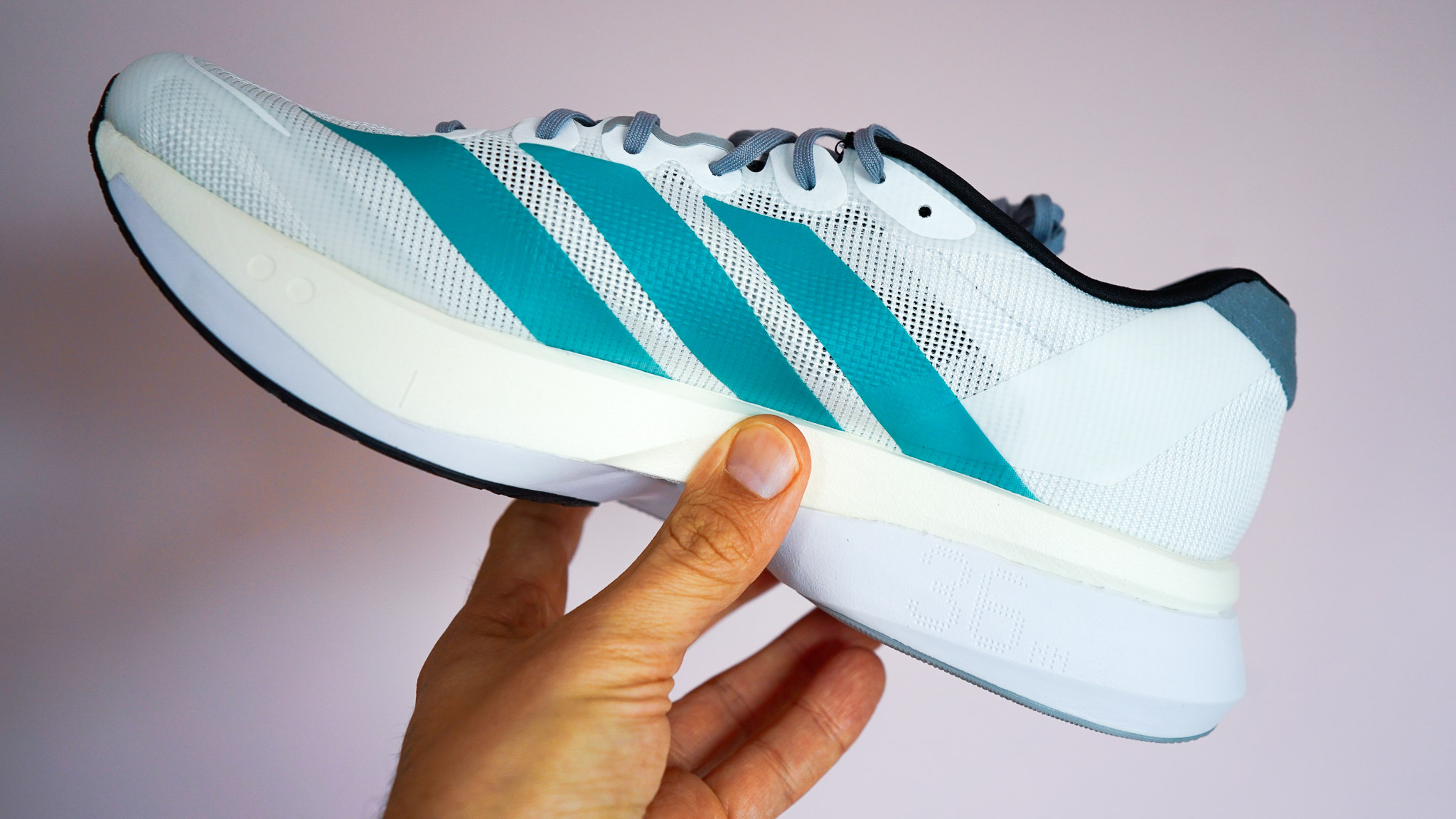 Adidas Adizero Boston 13 is softer, faster, and finally feels like a proper trainer
Adidas Adizero Boston 13 is softer, faster, and finally feels like a proper trainerThe brand quietly fixed everything runners didn’t love about the Boston 12
By Matt Kollat
-
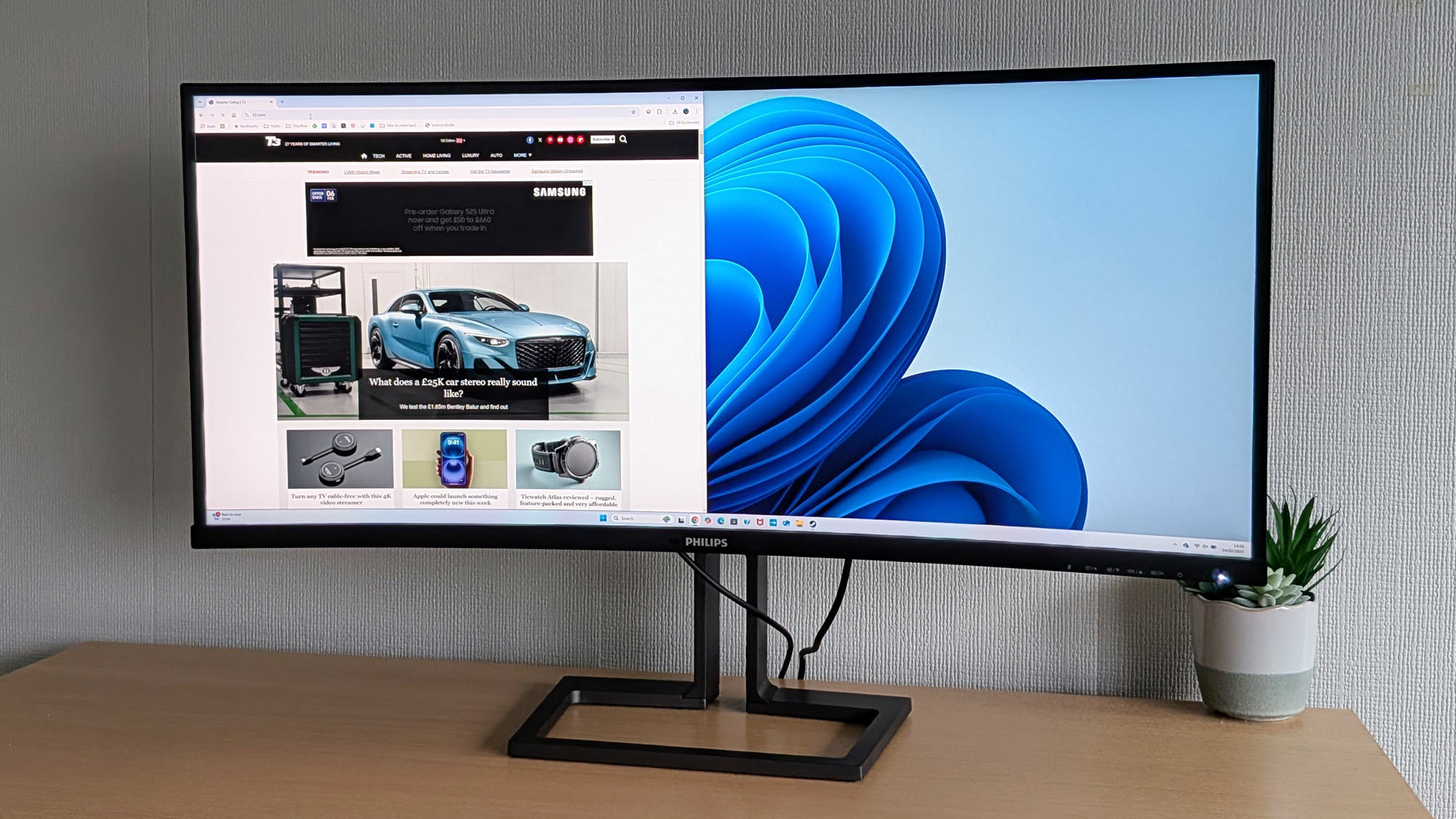 Philips 40B1U6903CH review: a 5k monitor ready to level up your productivity
Philips 40B1U6903CH review: a 5k monitor ready to level up your productivityIt's got the lot for a home office, but gamers won't be convinced
By David Nield
-
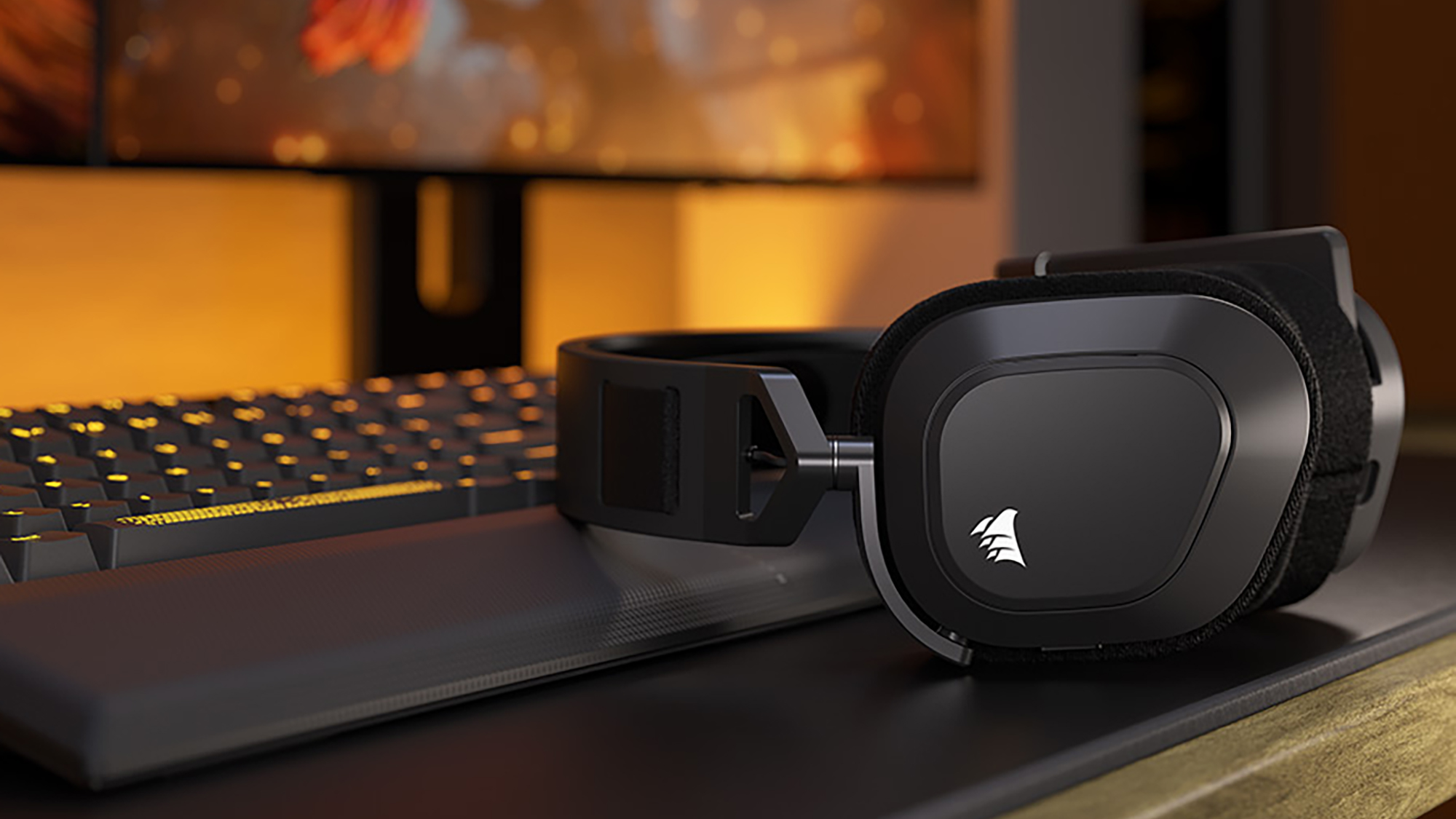 Corsair HS80 Max Wireless review: a solid mid-tier gaming headset
Corsair HS80 Max Wireless review: a solid mid-tier gaming headsetA capable audio option for the price you're paying
By David Nield
-
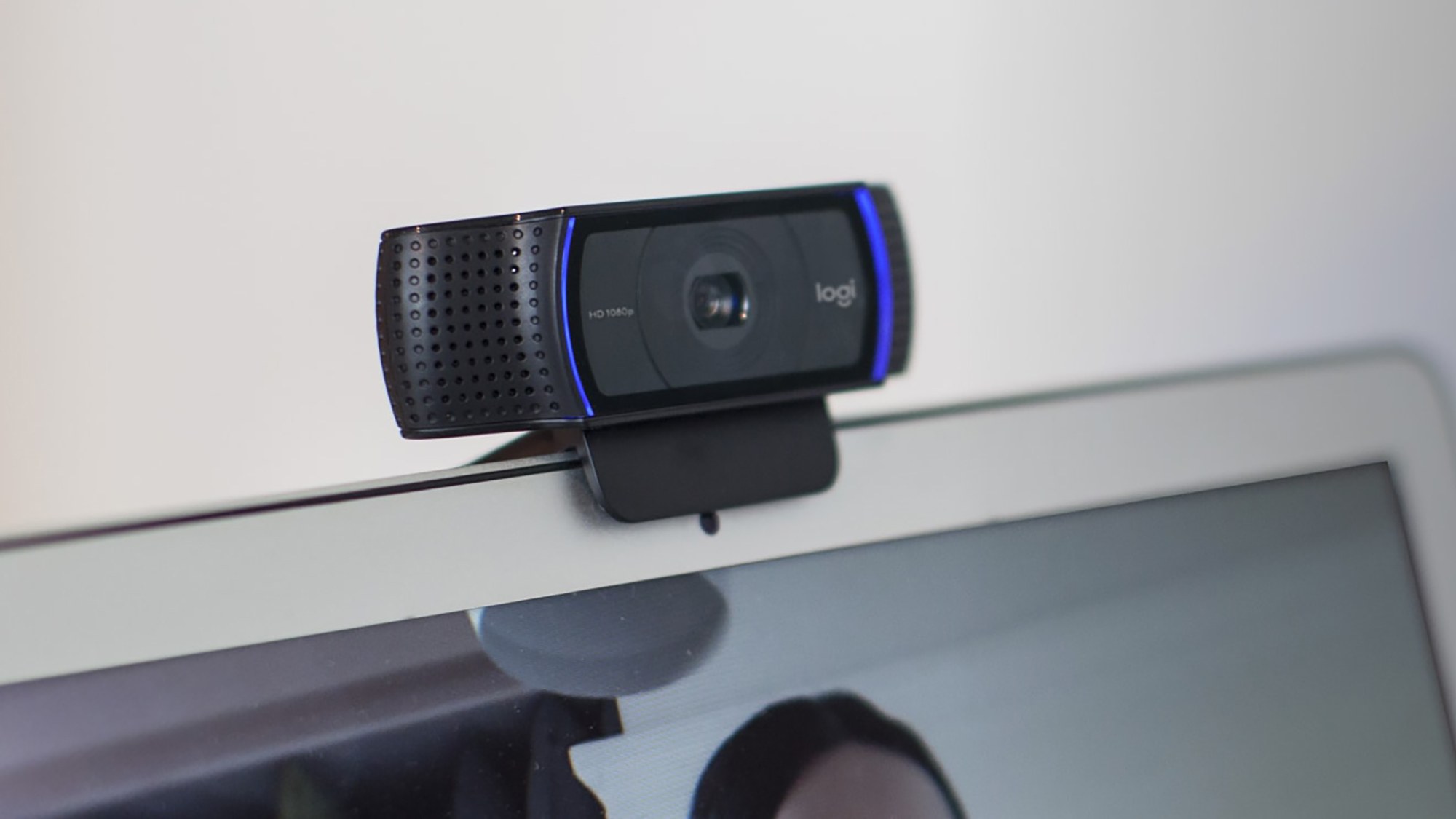 Logitech C920 Pro HD review: a solid and affordable webcam upgrade
Logitech C920 Pro HD review: a solid and affordable webcam upgradeThe Logitech C920 Pro HD has plenty to offer shoppers on a budget
By David Nield
-
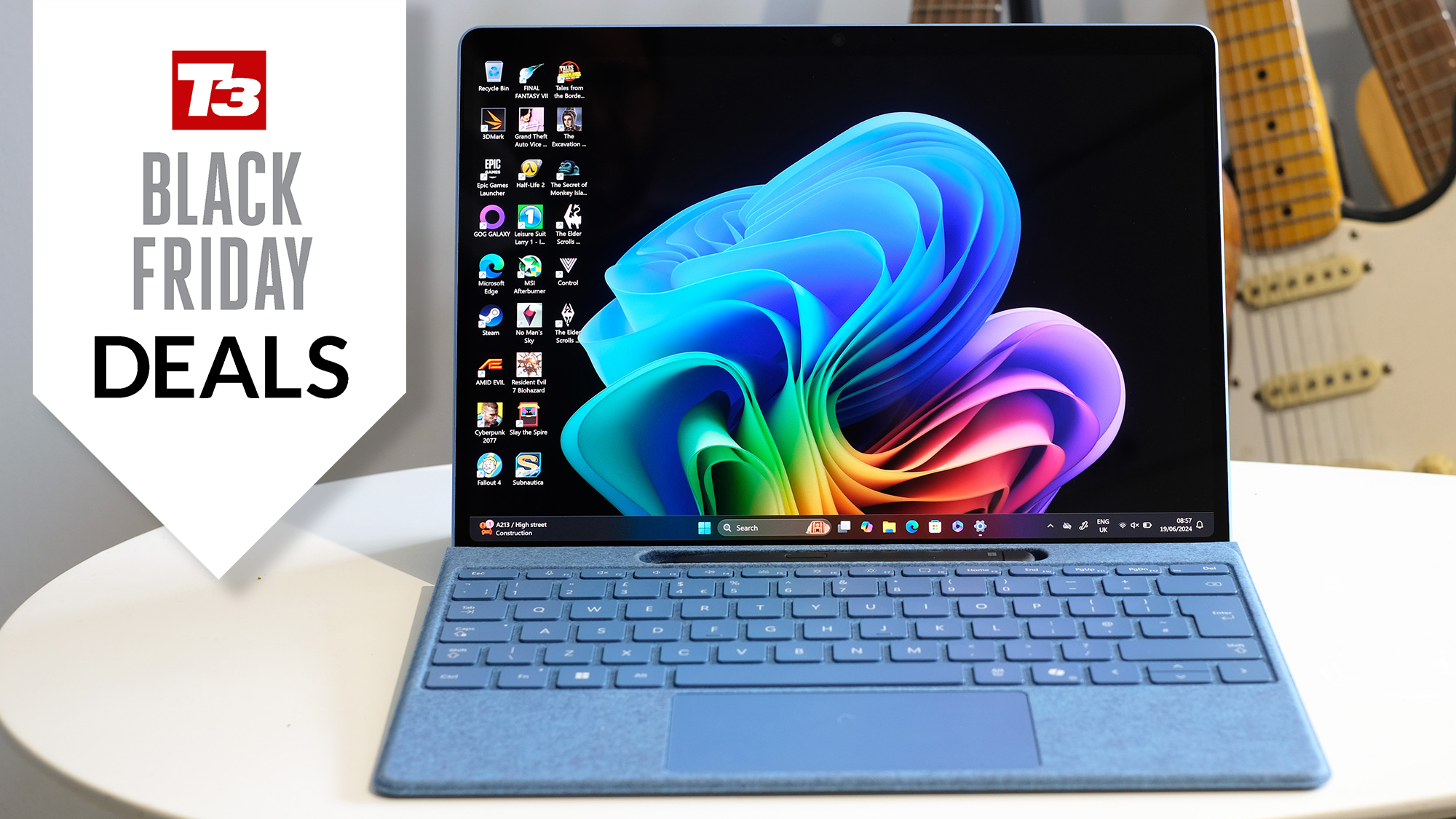 Microsoft's 5-star Surface with keyboard is Best Buy's killer deal
Microsoft's 5-star Surface with keyboard is Best Buy's killer dealBest buy it at Best Buy!
By David Nield
-
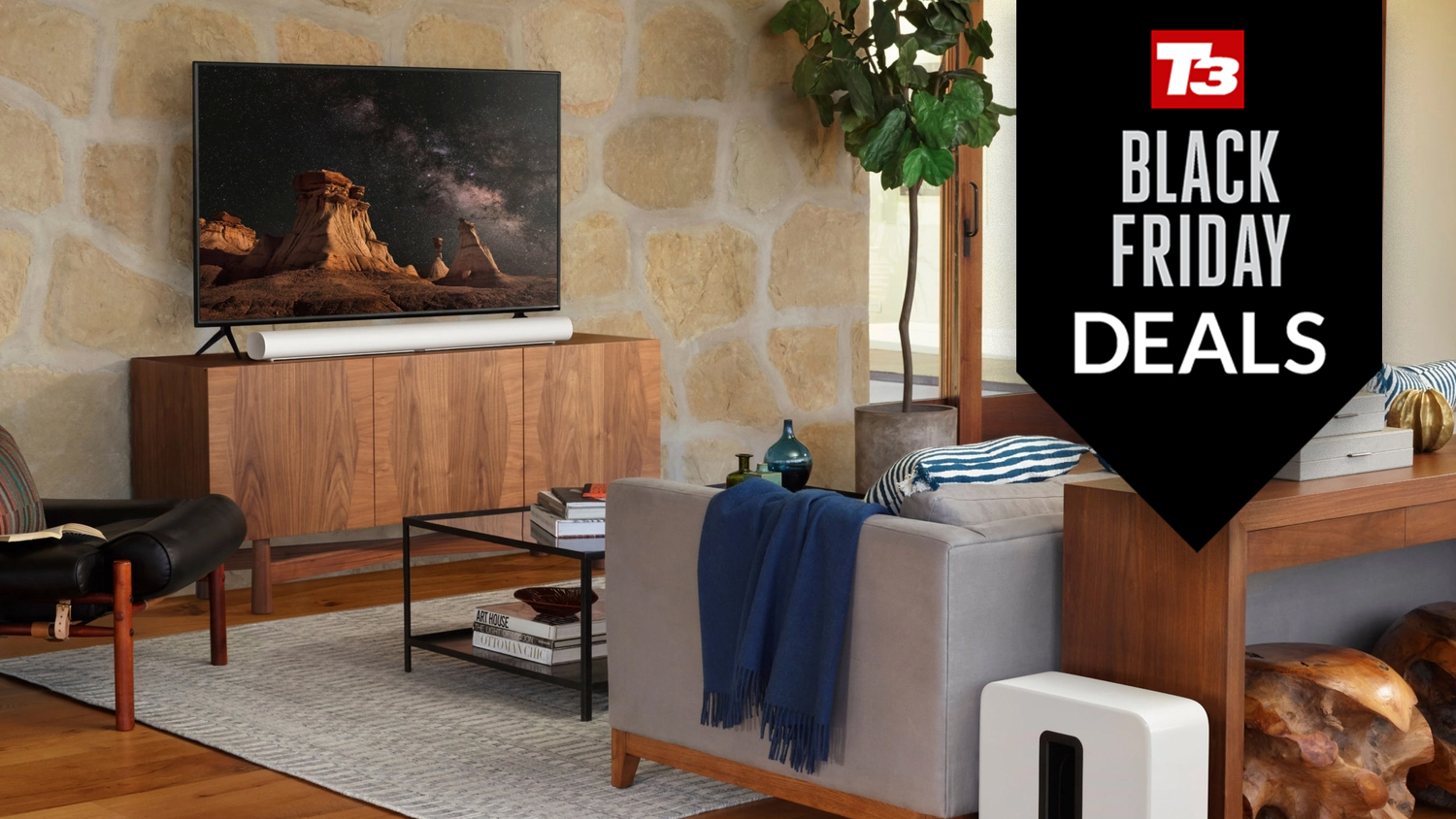 Sonos' premium soundbar just hit its lowest-ever price in 5-star deal
Sonos' premium soundbar just hit its lowest-ever price in 5-star dealTop-tier sound doesn't have to cost top dollar
By David Nield
-
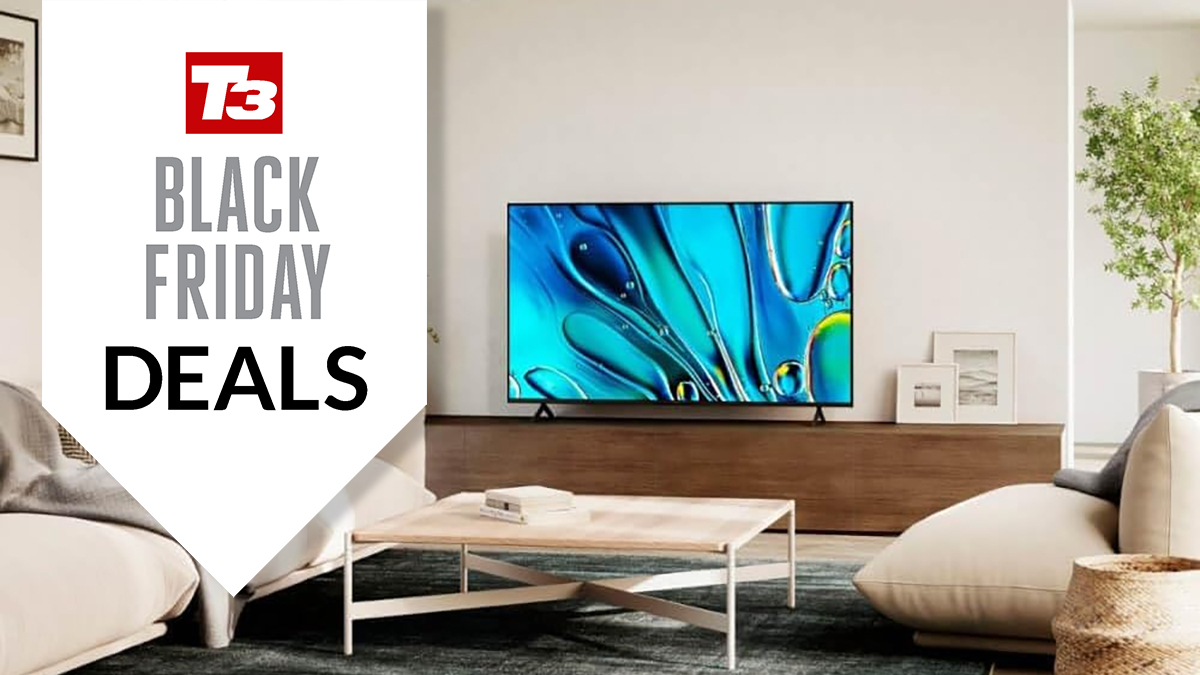 Huge 75in Sony TV is now cheaper than ever in Amazon's Black Friday sale
Huge 75in Sony TV is now cheaper than ever in Amazon's Black Friday saleYou can now get a top-quality TV for less, with 100s of dollars off this set
By David Nield
-
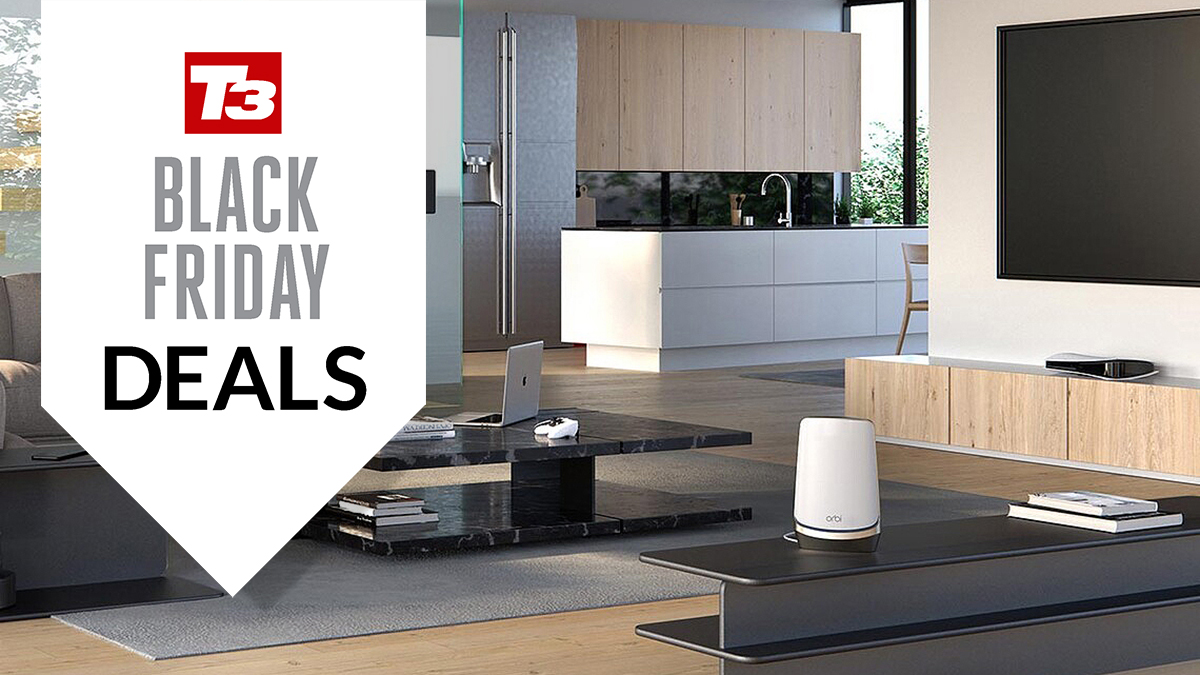 Improve your Wi-Fi with 5-star Netgear kit – now cheaper than ever
Improve your Wi-Fi with 5-star Netgear kit – now cheaper than everThis is one of the most powerful home Wi-Fi setups you can have – and it has hit a new low price on Amazon
By David Nield
-
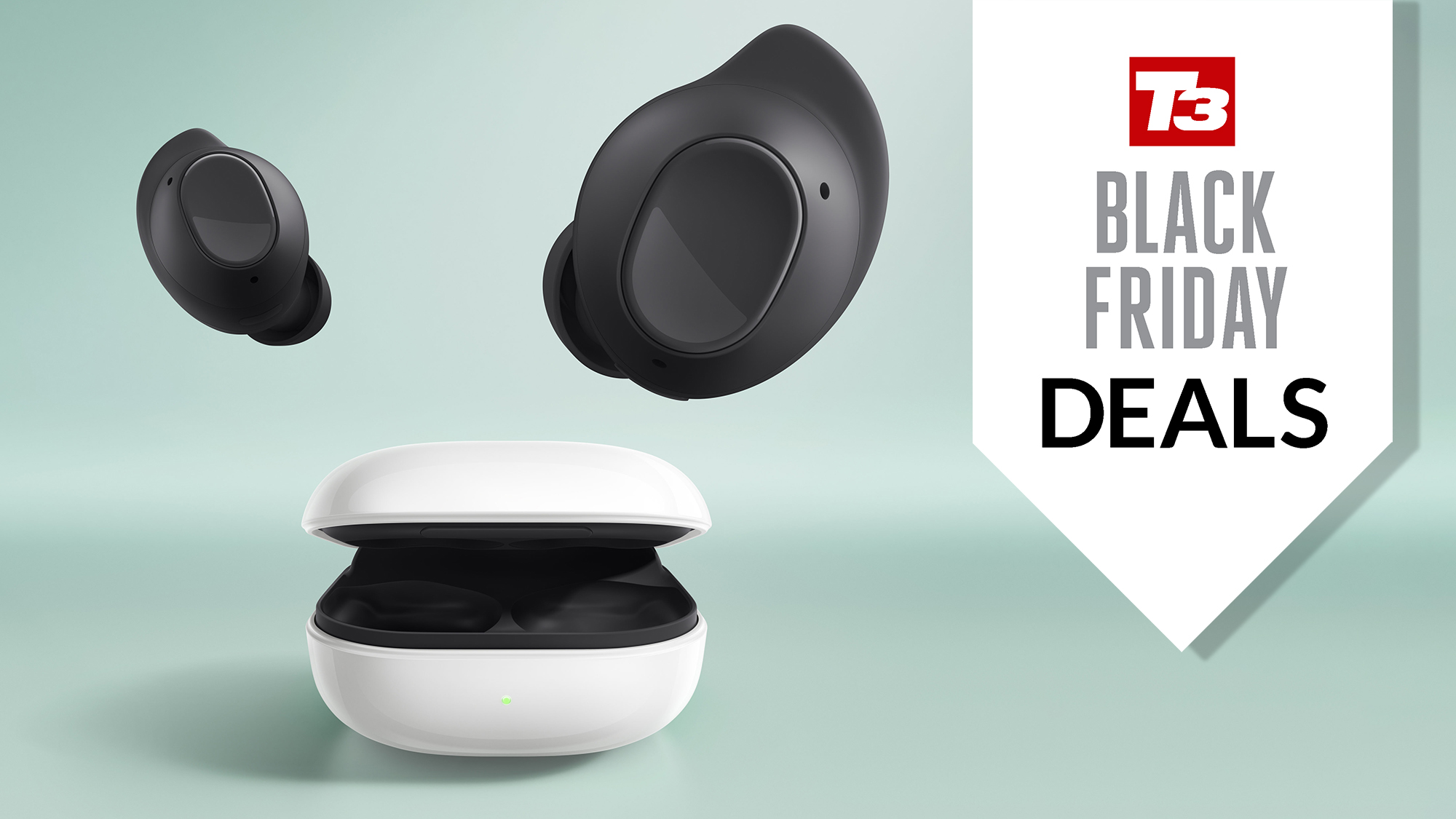 Samsung's fan-favorite earbuds are cheaper than ever on Amazon right now
Samsung's fan-favorite earbuds are cheaper than ever on Amazon right nowThe Galaxy Buds FE bring with them a superb listening experience at a low price – and that price just got even lower
By David Nield